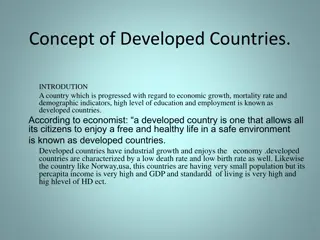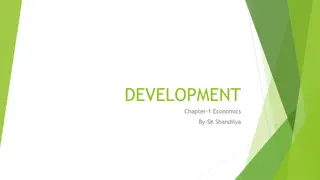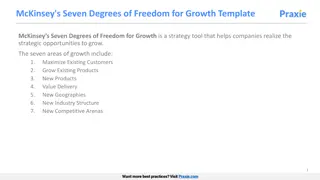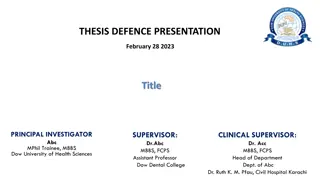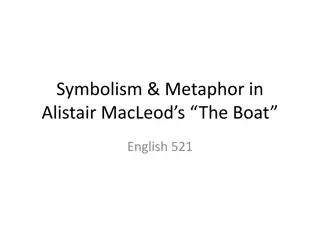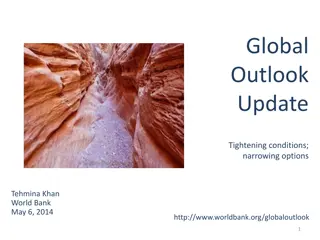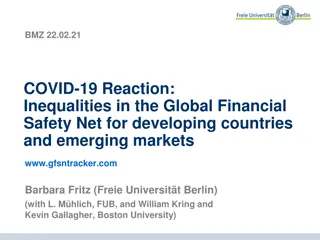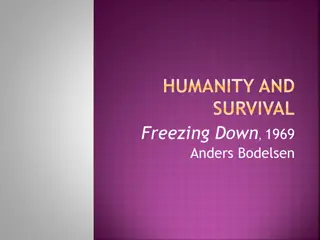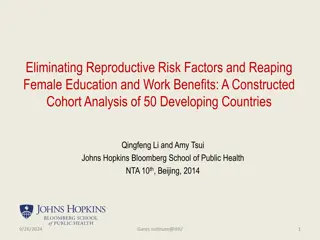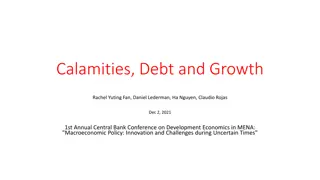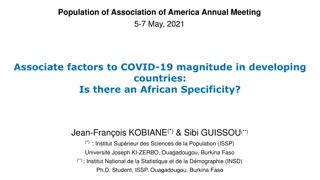
Understanding Super Financial Capitalism and Global Trade Dynamics
Explore the evolution of global financial capitalism from Bretton Woods to the present, delving into post-colonial impacts, international institutions, value added concepts, and the rise of neoliberal regimes. Dive into the chronology of key events shaping the financial landscape, from the end of the gold-dollar standard to the Asian crisis and beyond.
Download Presentation

Please find below an Image/Link to download the presentation.
The content on the website is provided AS IS for your information and personal use only. It may not be sold, licensed, or shared on other websites without obtaining consent from the author. If you encounter any issues during the download, it is possible that the publisher has removed the file from their server.
You are allowed to download the files provided on this website for personal or commercial use, subject to the condition that they are used lawfully. All files are the property of their respective owners.
The content on the website is provided AS IS for your information and personal use only. It may not be sold, licensed, or shared on other websites without obtaining consent from the author.
E N D
Presentation Transcript
Seven Developing Countries: From Emergence to Entrapment Erebus Wong The Third South-South Forum Lingnan University, 23rdJuly, 2016
Development and Post-colonial Condition National Independence Movements & Industry Transfer Global Trade & Post-coloniality International Institutions of Dependence Bretton Woods System, IMF, World Bank, WTO Global Structural Dependence Post-colonial or neo-colonial?
Smiling Curve of International Division Profitability Financial/Currency Hegemony Finance Resources Sovereignty Resources Industry Transfer Manufacturing Economic Structure Resources Economy Manufacturing Finance
Global Financial Capitalism 1971 The End of Gold-Dollar 1973 Post Bretton Woods US dollar supply increases astronomically Deregulation Neo-liberalism The Age of Super Financial Capitalism Liberal/Neo-liberal regimes of wealth concentration
Chronology of Super Financial Capitalism 1944 The Bretton Woods System The Unholy Trinity: IMF, World Bank, WTO 1971 Abolition of Dollar Gold Standard, US dollar liquidity 1974 Oil Crisis 1970s Latin American Debt external debt from $75 billion in 1975 to more than $315 billion in 1983. 50% of the region s GDP. (Petrodollar) 1979 Interest rate rocketed in US and Europe 1980 US Savings & Loans 1981 Defined-contribution pension plan 401(k) program 1982 Mexico Default. Third World Debt Crisis 1985 Plaza Accord. Japan Assets Bubble 1987 Black Monday 1988 Junk Bonds (The Wolf of Wall Street) 1989 Washington Consensus (Neo-liberalism) Deregulation (financial liberalization) 1992 US Financial Regulation Institutions employees: 20000 2000 14000 1991 Japan Bubble Burst
1990s Japanese Yen Carry Trade 1994 US Bond Crash 1995 Mexican Crisis 1997 Asian Crisis 1998 Russian Crisis 1998 Long Term Capital Management 1998 Citigroup The age of financial conglomeracy, megabank 1999 Financial Services Modernization Act (The Glass-Steagall Act) 2000 Commodity Futures Modernization Act, CDS, OTC derivatives 2000 David Li Gaussian Copula Function 2000 Dotcom Crash 2002 Argentine Crisis 2001-2005 Fed Interest Rate: 7% 1%. A. Greenspan s legacy 2005 Basel II 2007 Subprime Crisis 2008 Credit Crunch 2011 Europe Sovereignty Debt Crisis 2015 China Stock Market Crash
Financial Sector Credit Expansion Central Bank Assets Bubble Liquidity Unsustainable Credit Expansion Ponzi Scheme Value Added Credit Expansion Physical Economy Finance Relatively Sustainable Credit Expansion Collateral
Global Liquidity Circuit US Fed liquidity TNC investments infusion Physical Economy Derivatives Market Financial Sector TNCs Profits US Bonds Expansion Credit Dollarization Bubble Assets Economy Assets Market consumption
Trade Deficits and Debt as Tribute or Seignorage A. 1996-2010 Current Account Deficits: $ 6.98 Trillion, 60% of global deficits 2001-2007 $3.86 Trillion B. Meanwhile US Net Foreign Debt increases by $2.3 Trillion C. Profits: $4.67 Trillion D. $2.3 Trillion Foreign Debt?
Dollar Cycle Approximately 10 years going weak, 6 years going strong
Sheepshearing 1. US Fed Monetary Easing: liquidity into market 2. Emerging Markets Booming Assets Bubble 3. US Fed ends monetary easing. Tightening: rate cycle going up. 4. Capital flowing out of emerging markets. Financial & currency crises.
Sheeps Sheared 1. 1970s Latin America Debt Crisis 2. 1985-1990s Plaza Accord, Japan Assets Bubble 3. 1990s Shock Therapy in Russia 4. 1997 Asian Financial Crisis 5. 2013 Emerging Markets Crisis
US: from fiscal expansion to strategic contraction
Clashes of Currency Hegemony US Dollar Euro: Asian Currency/RMB
Reshaping of Geo-monetary Politics Euro Zone: Kosovo War, Ukraine Crisis, Middle East (scorched-earth tactic, ISIS), Refugee Crisis, Right-wing populism, Fascism, EU Disintegration Asian Currency Alliance Chiang Mai Initiative (2000) China-Japan-Korea currency swap Re-balancing
New Debt Regime Washington Consensus turned up-side down Creditor/Debtor, Double Standard Astronomical Expansion of Debt Global Tributary System
China, Turkey: Empire State-Capitalism (modernization) Neo- liberalism Former Colonies, Resources Curse: Brazil, South Africa, Venezuela Rich in Resources, Incomplete Industrialization, Reprimarization: extraction, cash crop, cash husbandry Sovereignty Externality India, Indonesia Rich in Labor Force Strong Informal Sector Deep-grained regional conflicts
The Southern Gas Corridor Trans Adriatic Pipeline TAP Trans Anatolian Pipeline TANAP South Caucasus Pipeline
Berlin Baghdad Railway : flash point of WWI

